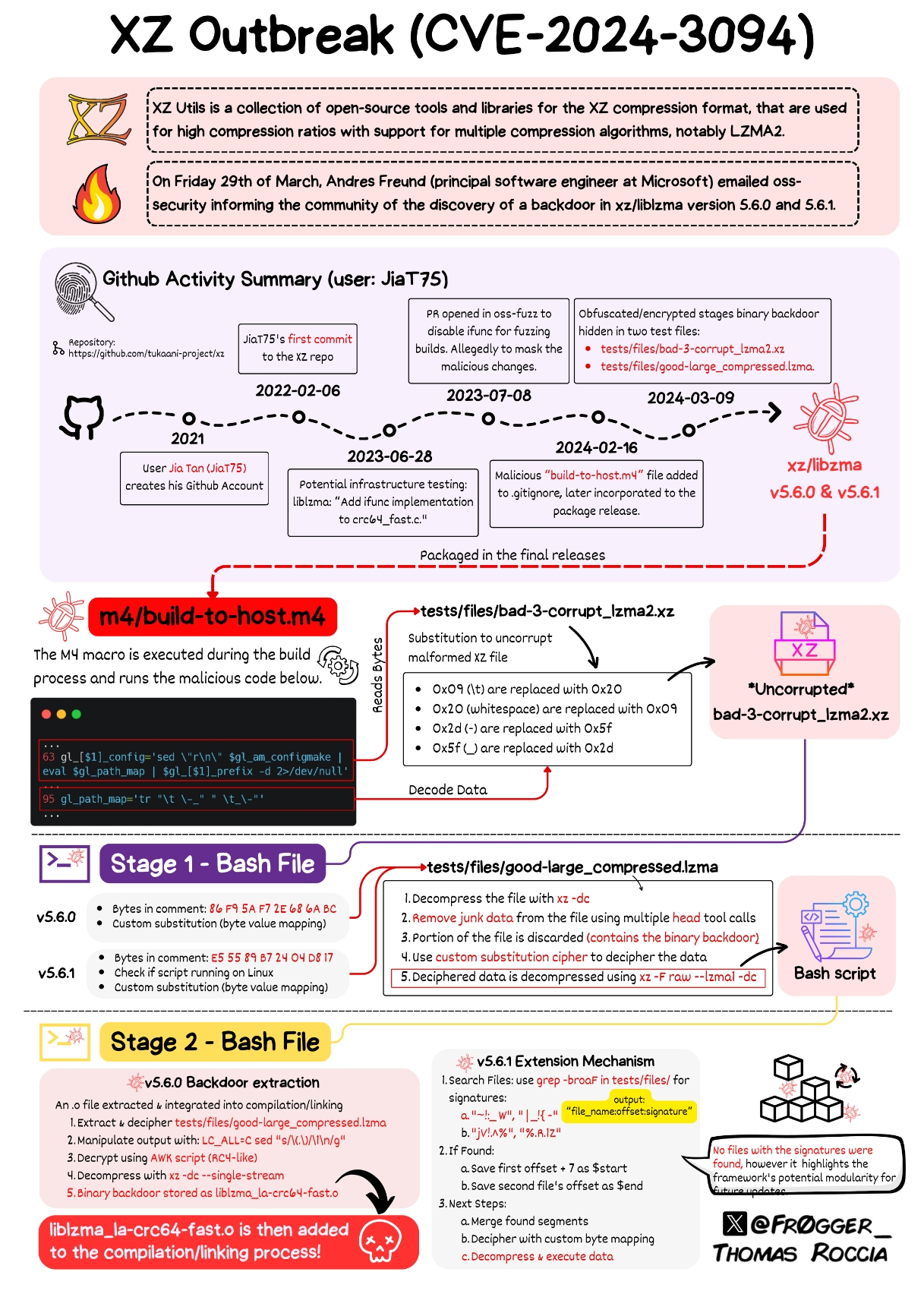this post was submitted on 01 Apr 2024
1211 points (99.2% liked)
Linux
48323 readers
648 users here now
From Wikipedia, the free encyclopedia
Linux is a family of open source Unix-like operating systems based on the Linux kernel, an operating system kernel first released on September 17, 1991 by Linus Torvalds. Linux is typically packaged in a Linux distribution (or distro for short).
Distributions include the Linux kernel and supporting system software and libraries, many of which are provided by the GNU Project. Many Linux distributions use the word "Linux" in their name, but the Free Software Foundation uses the name GNU/Linux to emphasize the importance of GNU software, causing some controversy.
Rules
- Posts must be relevant to operating systems running the Linux kernel. GNU/Linux or otherwise.
- No misinformation
- No NSFW content
- No hate speech, bigotry, etc
Related Communities
Community icon by Alpár-Etele Méder, licensed under CC BY 3.0
founded 5 years ago
MODERATORS
you are viewing a single comment's thread
view the rest of the comments
view the rest of the comments

I have heard multiple times from different sources that building from git source instead of using tarballs invalidates this exploit, but I do not understand how. Is anyone able to explain that?
If malicious code is in the source, and therefore in the tarball, what's the difference?
I don’t understand the actual mechanics of it, but my understanding is that it’s essentially like what happened with Volkswagon and their diesel emissions testing scheme where it had a way to know it was being emissions tested and so it adapted to that.
The malicious actor had a mechanism that exempted the malicious code when built from source, presumably because it would be more likely to be noticed when building/examining the source.
Edit: a bit of grammar. Also, this is my best understanding based on what I’ve read and videos I’ve watched, but a lot of it is over my head.
The malicious code wasn’t in the source code people typically read (the GitHub repo) but was in the code people typically build for official releases (the tarball). It was also hidden in files that are supposed to be used for testing, which get run as part of the official building process.